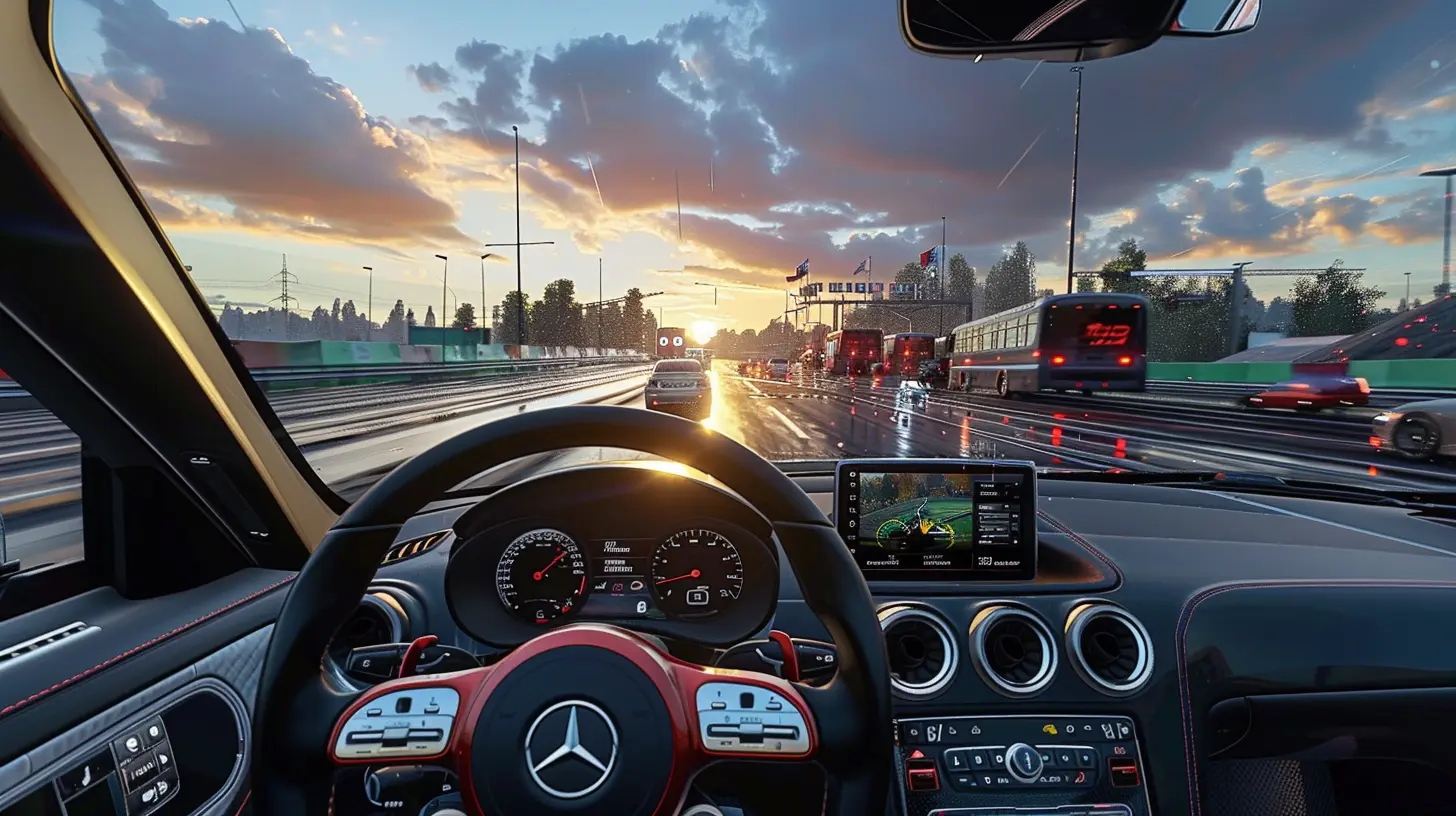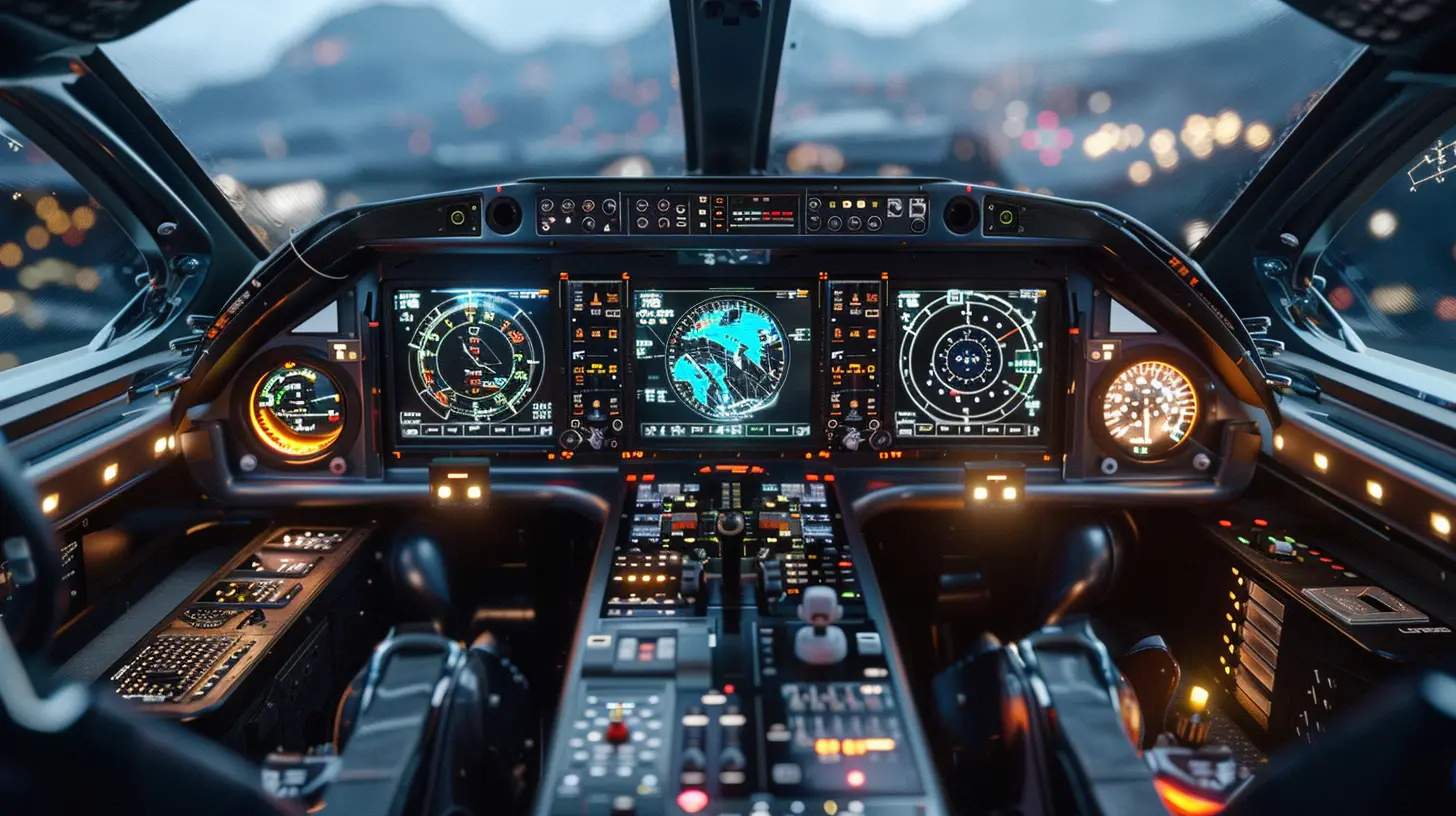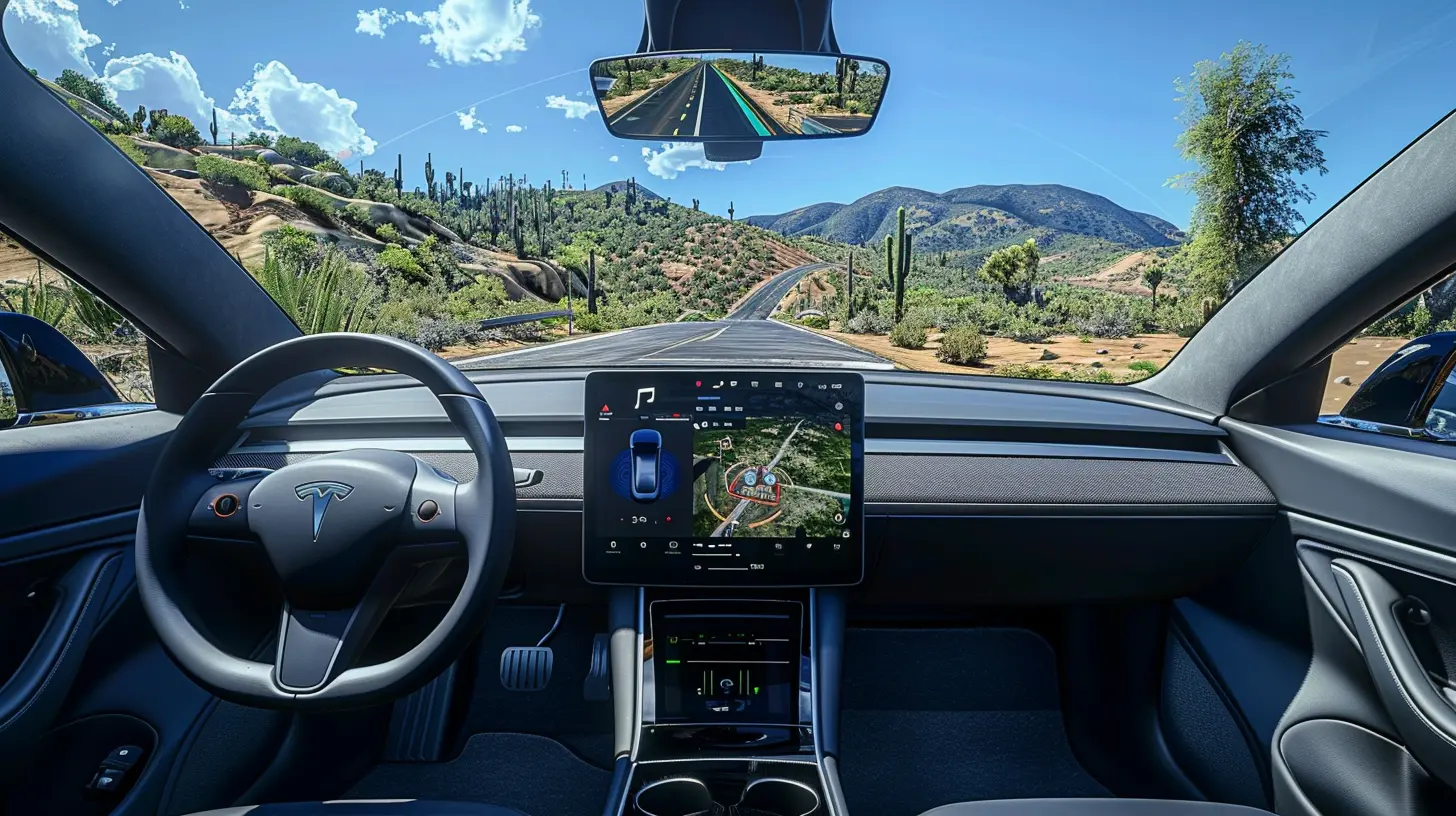Behind the Controls: The Science & Tech of Modern Vehicle Sim Games
16 July 2025
Let’s get real—whether you’re gearing up for a virtual F1 Grand Prix, hauling freight across rugged digital landscapes in a big rig, or taking to the sky in a high-fidelity flight sim, something magical happens when a vehicle sim game truly nails reality.
But what’s going on under the hood of these simulations? Why do some games feel so responsive and immersive, while others fall flat even with shiny graphics? It’s not just about pretty visuals—there’s some serious science and cutting-edge tech powering modern vehicle sim games.
Buckle up and grab your controller, yoke, or steering wheel—whatever gets your engine revving. We’re diving into the real guts of what makes these games tick.
The Evolution of Vehicle Sim Games: From Pixels to Precision
Back in the day, vehicle sims were basic. I mean, remember the blocky cars in the original “Test Drive” or the stiff controls in early flight simulators? Yeah, fun at the time, but not exactly realistic.Fast forward to now, and we’ve got games offering near-photorealistic environments, hyper-responsive controls, and physics engines that make you feel every bump, slide, and gust of wind.
So, what changed?
It’s simple—technology caught up with ambition.
Modern sim devs use powerful computing hardware, advanced data modeling, and real-world telemetry to create virtual vehicles that behave just like their real-world counterparts. That’s not just cool—it’s the backbone of immersion.
Physics Engines: Where Reality Gets Built
At the heart of any great sim game is the physics engine. This is where the magic starts. Imagine a super-smart digital brain calculating how things move and interact—everything from tire grip to chassis flex.Real-World Data, Real-World Feel
The best sims, like iRacing and Microsoft Flight Simulator, use real-world physics data pulled directly from vehicles and manufacturers. Suspension dynamics, gear ratios, torque curves? All modeled down to the decimal.And that’s not just for show—it impacts gameplay in a massive way.
Ever lost traction in a corner while racing online and felt your sim wheel tug like you're in the car? That’s the game engine responding to weight transfer and tire load in real time. You’re not just playing anymore. You’re driving.
Input Devices: More Than Just Controllers
Let’s talk gear for a second. Your regular controller is fine, sure. But if you’re serious about sim racing, trucking, or flying, you’ve probably looked into wheels, pedals, yokes, HOTAS systems, or full cockpits.Force Feedback: The Unsung Hero
One word: feedback.Force feedback isn’t a gimmick—it’s a layer of immersion that mimics the physical resistance you’d feel in a real vehicle. That buzzing in your wheel when you hit gravel? That torque tugging when turning at speed? That’s your hardware translating simulated physics into real-world sensation. Total game-changer.
Motion Rigs: Next-Level Immersion
Some enthusiasts go full throttle with motion rigs—seats that move in sync with the game. You tilt, rock, and rumble based on the simulated terrain. It’s like virtual reality for your spine.Expensive? Absolutely.
Worth it? If you're hardcore, 100%.
Graphics & Rendering: More Than Just Pretty Pictures
Okay, visuals matter—but not just for eye candy. In sim games, graphical fidelity can add functional realism.Lighting & Weather Systems
Imagine flying through a thunderstorm or taking a long-haul drive in heavy fog. Modern games simulate weather patterns with astonishing realism, factoring in visibility, traction, turbulence, and more. It's not just about seeing the storm—it's about surviving it.Games like Assetto Corsa Competizione and Flight Simulator 2020 bring in real-time weather data. That means if it's raining in Tokyo right now, it’s raining in your game session too. That’s meteorological mirroring at its finest.
Dynamic Environments
Realistic terrain deformation, water physics, and environmental interaction are becoming standard. Mud sticks to tires, snow affects grip, and wind changes your flight path. These things aren’t just aesthetic—they alter your gameplay.AI and Machine Learning: Smarter Than Your Average NPC
You’d be shocked at how clever in-game opponents and systems have become.Modern vehicle sims use AI not just for traffic or racing lines but also for behavior modeling. AI drivers can adapt to your strategy, improve over time, and even display “personality.” Some might brake early, others get aggressive in corners. It adds unpredictability—and that’s where games start to feel alive.
Real-World Integration: When Games Meet Reality
Simulation is no longer just for fun—it’s legit training.Airlines use flight sims. Racing teams run laps on digital tracks before showing up in person. Trucking companies use sims to train drivers. That’s not hyperbole or marketing fluff—it’s happening now.
Telemetry and VR Training
Some vehicle sims offer telemetry capture, just like in professional motorsports. You can analyze lap times, throttle application, braking zones—the same data that race engineers pore over.And with VR? Oh man, you’re not just in the game—you’re inside the vehicle. Grab a headset and you’re suddenly sitting in a 737’s cockpit or behind the wheel of a McLaren. You can practically smell the leather.
Procedural Generation: Infinite Roads and Skies
Let’s face it, handcrafted maps are gorgeous, but they have limits. That’s where procedural generation comes in.Games like SnowRunner and Euro Truck Simulator 2 use a blend of hand-crafted detail and procedural systems to build realistic environments that go on for hours of gameplay without repeating themselves. Plus, procedural terrain tech adapts dynamically, so snow builds up or mud gets deeper the more you pass through it.
Multiplayer and Shared Ecosystems
The rise of online functionality has transformed vehicle sims.Now, you’re not just racing against AI—you’re driving alongside thousands of real users. Games like TruckersMP or iRacing bring massive communities together in the same persistent worlds.
This adds social dynamics to the simulation—it’s not just if you can drive well… it’s how you behave on the road. Speed too much in American Truck Simulator MP? Get flagged or banned. That’s realism, baby.
Modding and Open Platforms: Powered by the Community
Let’s give a quick standing ovation to the modding community. Seriously, they’re the unsung heroes here.Whether it's more accurate sound packs, new liveries, improved tire models, or even entirely new vehicles, modders extend a game's life by years.
Games like BeamNG.drive thrive because of this. The platform is built with modding in mind, and the result? A never-ending sandbox of vehicular mayhem, tinkering, and simulation experimentation.
The Psychology of Simulation: Why It Feels So Good
Ever wonder why driving a virtual truck for 8 hours feels relaxing instead of tedious? Or why pulling off the perfect lap gives you an adrenaline rush?Turns out, our brains respond to vehicle sims the same way they do to real-world driving. The sense of agency, control, and progression triggers reward centers. Add a good force feedback system, VR, or spatial audio, and your brain starts treating the experience as real.
And here’s the kicker—it’s not just for fun. Studies show that simulation gaming can improve reflexes, spatial awareness, and even stress management. So yeah, maybe your sim rig is doing more than just collecting dust between race weekends.
What’s Next? The Future of Sim Gaming
So where are we headed?Full Haptic Feedback
Imagine wearing a suit that lets you feel every bump and jolt, even the rumble of a jet engine through your chest. It’s coming. Companies are already testing wearable haptics for sim gaming.Neural Input Devices
We’re talking headsets that read brainwaves to control vehicles. Insane? Maybe. But not impossible. The potential for accessibility is huge—even those with physical disabilities could pilot planes or race cars with their minds.Cross-Reality Gameplay
Blending AR, VR, and MR to build ultra-immersive experiences. Think Microsoft Flight Simulator overlaid onto the real landscape via AR headset. It’s not sci-fi—it’s in development.Final Thoughts: It's More Than Just a Game
Look, anyone can hop into a racing game and loop Monza with arcade assists on. But when you dig into vehicle sim games today, you're stepping into a loyal, tech-savvy, thrill-seeking universe built on real-world science, body-shaking tech, and community passion.From the depth of physics engines to the polish of 4K environments, you’re not just playing anymore—you’re connecting with one of the most advanced forms of digital realism we’ve ever created.
And that, my friend, is what’s really behind the controls.
all images in this post were generated using AI tools
Category:
Simulation GamesAuthor:

Greyson McVeigh
Discussion
rate this article
1 comments
Elias Cain
Great article! The exploration of the technology and science behind modern vehicle simulations offers valuable insights into game design. It's fascinating to see how realism enhances player experience. Looking forward to more discussions on this topic!
August 22, 2025 at 3:01 PM

Greyson McVeigh
Thank you for your thoughtful comments! I'm glad you found the insights valuable. I look forward to more discussions on this exciting topic as well!


